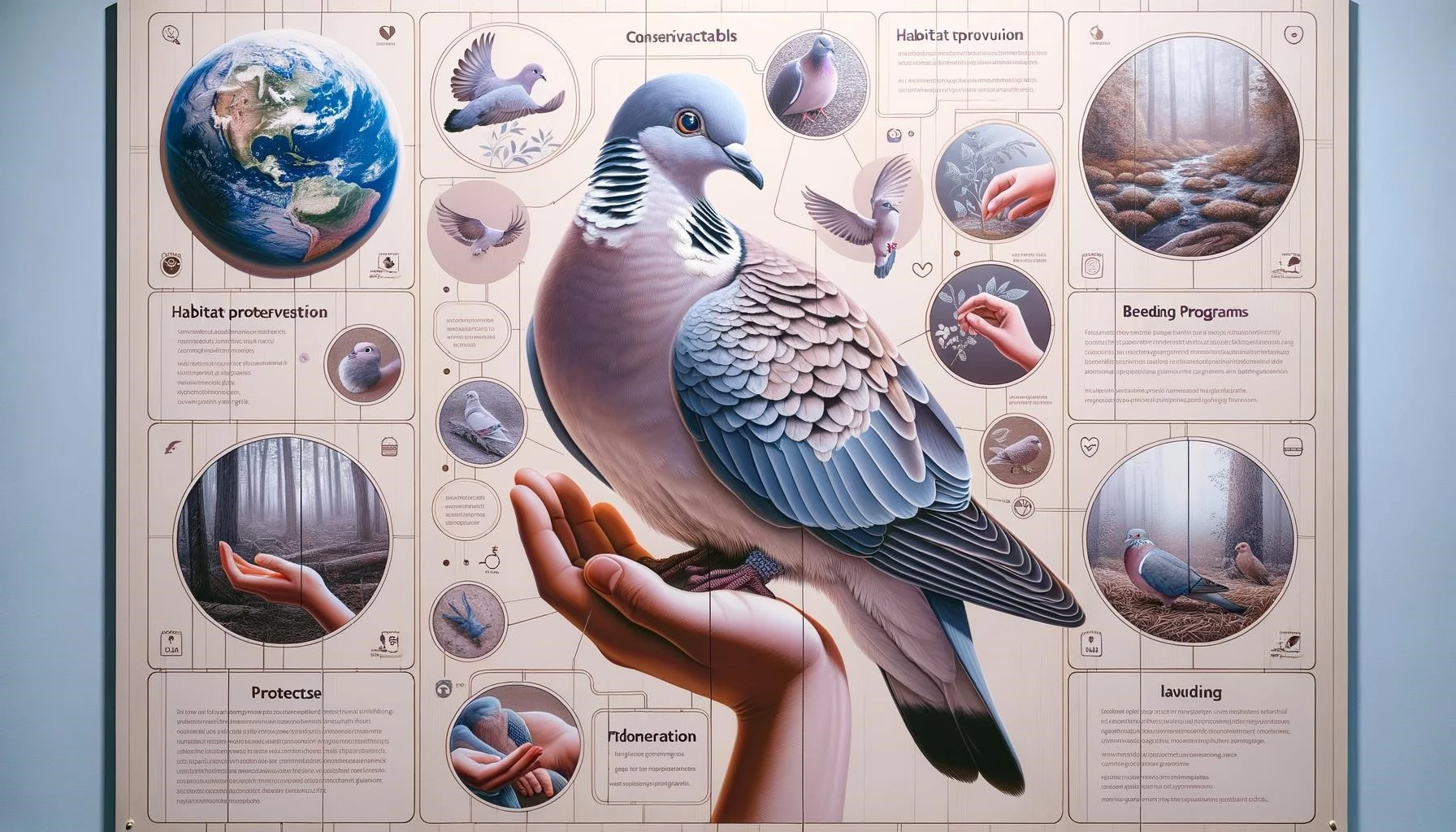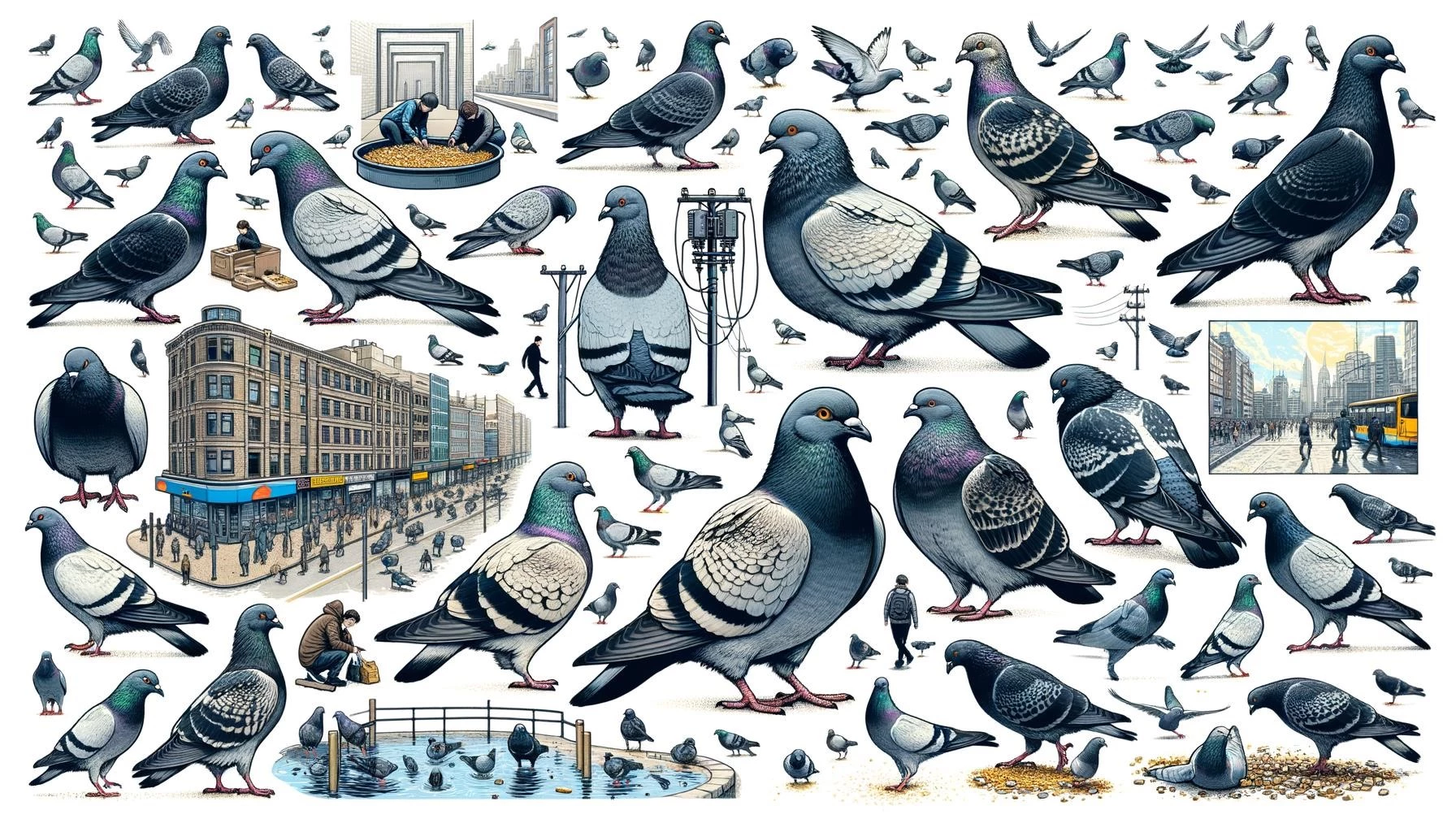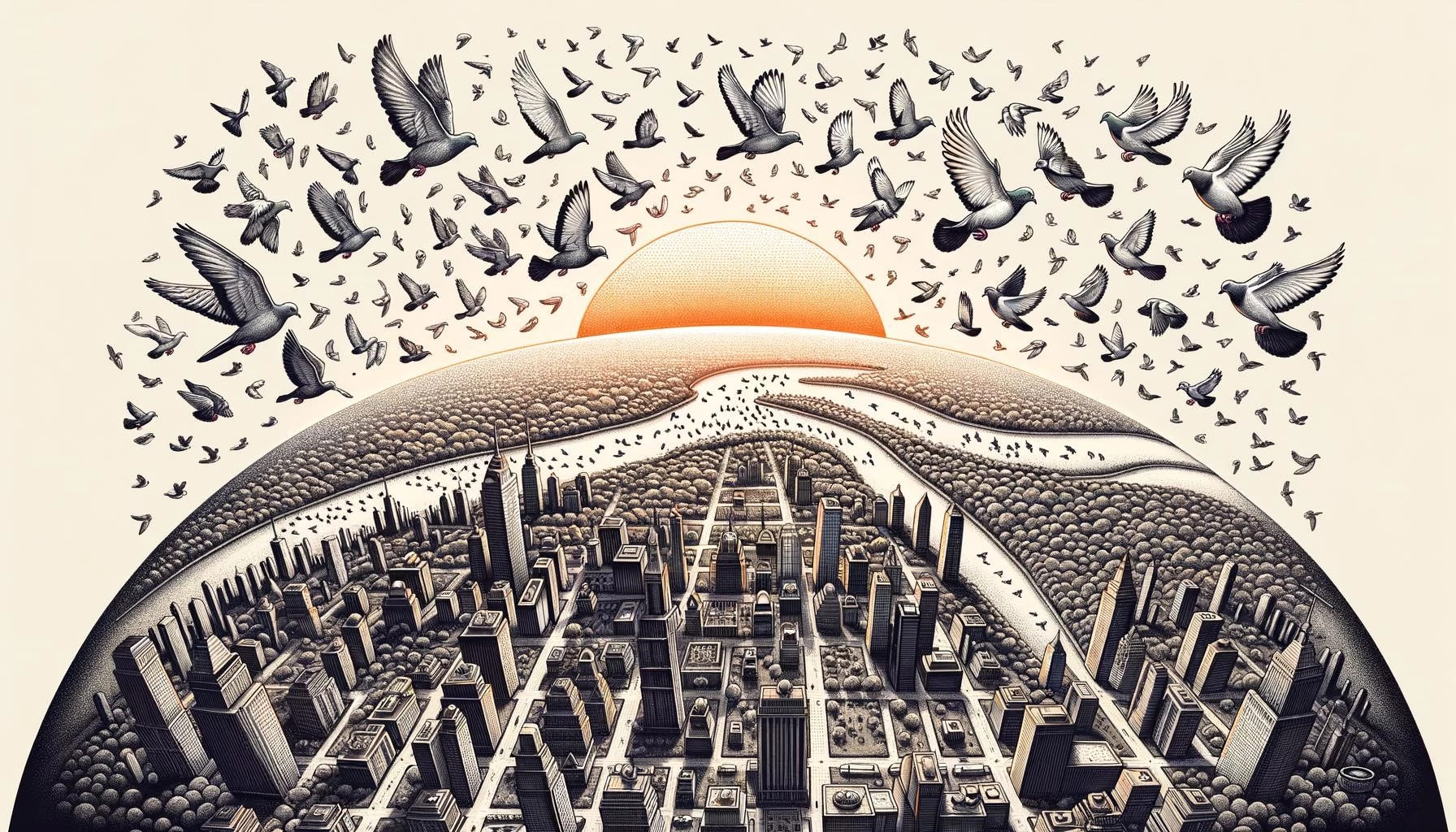Pigeons, belonging to the family Columbidae, are a diverse group of birds with over 300 different species. While some pigeon species are thriving, others are facing critical challenges and are on the brink of extinction. In this article, we will explore the importance of protecting endangered pigeons and the measures that can be taken to ensure their survival.
Key Takeaways
- There are currently 13 pigeon species listed as critically endangered and 18 species listed as endangered by the International Union for Conservation of Nature (IUCN).
- Habitat loss, hunting, and climate change are some of the key threats faced by endangered pigeons.
- Conservation efforts, such as habitat protection, captive breeding programs, and public awareness, play a crucial role in the preservation of endangered pigeon species.
The Plight of Endangered Pigeons
The IUCN currently lists 13 species of pigeons as critically endangered and 18 species as endangered. These species face various threats that have led to their decline in population and the need for immediate action to protect them.
Habitat loss is one of the primary factors contributing to the endangerment of pigeons. Deforestation, urbanization, and agricultural expansion have resulted in the destruction and fragmentation of their natural habitats. As a result, pigeons are losing their feeding and nesting grounds, making it challenging for them to survive and reproduce.
Hunting and poaching have also significantly impacted the pigeon populations. In the past, pigeons were often shot for sport and consumed as food. The lack of hunting regulations and protective measures for endangered species put these birds at a higher risk of extinction. However, with the introduction of hunting laws and awareness about conservation, some progress has been made in reducing this threat.
Climate change is another major concern for endangered pigeons. The alteration of temperature and rainfall patterns affects their migration routes, breeding cycles, and food availability. Changing climatic conditions can also lead to the spread of diseases and the invasion of non-native species, further jeopardizing the survival of these birds.
Conservation Efforts
Protecting endangered pigeons requires a combination of conservation strategies aimed at habitat preservation, captive breeding programs, and public awareness.
Habitat protection is crucial for ensuring the survival of pigeon species. This includes establishing protected areas, such as national parks and wildlife reserves, where pigeons can find suitable habitats and food sources. Efforts should also be made to restore and rehabilitate degraded habitats to provide a conducive environment for the recovery of pigeon populations.
Captive breeding programs play an essential role in the conservation of endangered pigeons. Breeding centers and zoos can house these birds and breed them in controlled environments. This helps maintain genetic diversity and create a safety net population that can be reintroduced into the wild when conditions are favorable.
Public awareness and education are vital for garnering support and engagement in pigeon conservation. By raising awareness about the importance of protecting these birds and their ecosystems, people can contribute to their preservation by advocating for better environmental policies and participating in conservation projects.
Conclusion
The protection of endangered pigeons is a critical aspect of biodiversity conservation. With habitat loss, hunting, and climate change as major threats, it is essential to implement conservation measures such as habitat preservation, captive breeding programs, and public awareness initiatives. By taking action to safeguard the survival of these bird species, we can contribute to the preservation of our natural heritage and maintain a healthy and diverse ecosystem.









